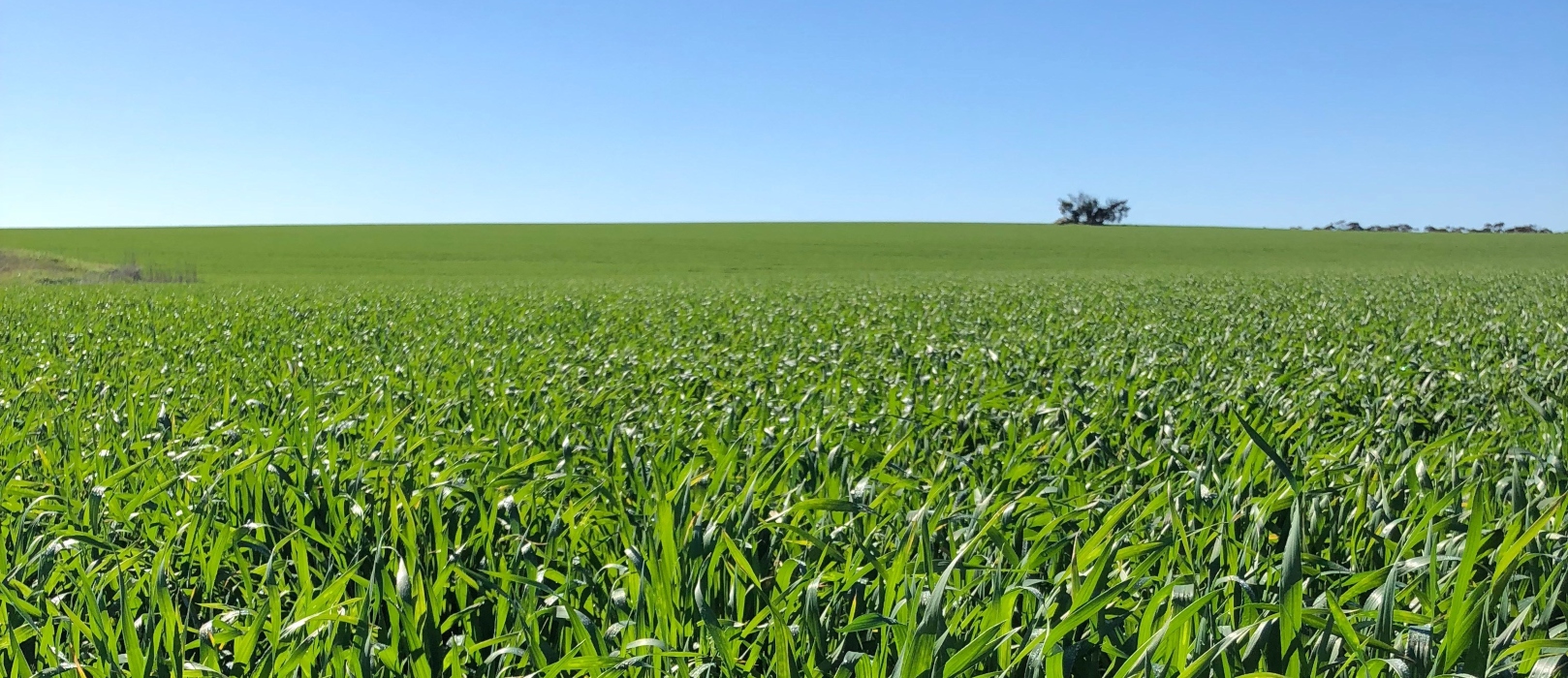
Grain Snippet: Barley Partly Propped Up By China
SA and Vic barley prices have been on a strengthening trend though most of 2025 to-date, however this trend has now come to an end. Prices have been cooling over the last couple of weeks due recent rains and increased grower selling pressure. Despite the recent drift in price, Australian barley prices continue to diverge from global feed markets, particularly US corn, which remains under long-term downward pressure both on futures and FOB feed values. Ukrainian corn is another notable exception which is supported by dry weather conditions much like Australia. The strength in Australian barley remains largely underpinned by domestic demand (amid low pasture growth despite recent rainfall), as well as sustained Chinese buying interest. Chinese demand has mainly been focussed on feed barley; however, they also have an appetite for malting barley.
China remains a central figure in the global barley market, particularly as a major importer. For 25/26, barley imports are forecast at 9.5MMT, an increase of 0.5MMT y/y. Between November and April, Chinese feed barley demand remained steady, with China accounting for 57% of Australian barley exports in April. Although Australia has diversified its barley export destinations, China remains the dominant buyer and continues to shape the tone of the global barley trade through its purchasing patterns.
Looking to Dalian (Chinese) corn, futures have been rallying despite weakness in CME corn. The rally has been driven by: tightening domestic supplies in China, farmer selling reluctance, and concerns over early-season weather (dry weather) in key northern growing regions. Strong feed and industrial demand are adding further support, while a weaker Yuan has made imported corn less competitive, reinforcing reliance on domestic supply. In contrast, CME corn is under pressure from improving US crop conditions, strong global supply prospects, and weak export demand. The divergence highlights China’s localized market dynamics decoupling from broader global trends similarly seen with Australian barley at the moment.
On the global stage, the June USDA WASDE report showed little change in feed grain supply and demand. The broader trend points to a larger year-on-year global barley crop, though still below the 5-year average, while corn production is up both year-on-year and versus the 5-year average. Feed grain stocks remain tight overall, with global corn ending stocks forecast at 277.8MMT—the lowest since 13/14. The world has grown accustomed to low stocks-to-use ratios in recent years as nations grapple with food inflation. However, feed grain stocks (particularly in the US) are rising, driven by increased corn production coupled with stagnant demand and export projections.
For the broader pool of major barley exporters, 25/26 production is forecast at 102.1MMT, up 0.5MMT m/m and 3.5MMT y/y. Despite the increase in output, barley stocks remain historically tight. The stocks-to-use ratio for major barley exporters has declined to 8.84%, down from 9.53% last year and below the 5-year average of 9.86%. This suggests continued tightness in global barley availability, which could maintain a level of price support even with larger forecast global production.
This is a sample only, if you would like to view the entire document and our recommendations, please contact CloudBreak to discuss becoming a member on (08) 8388 8084.


